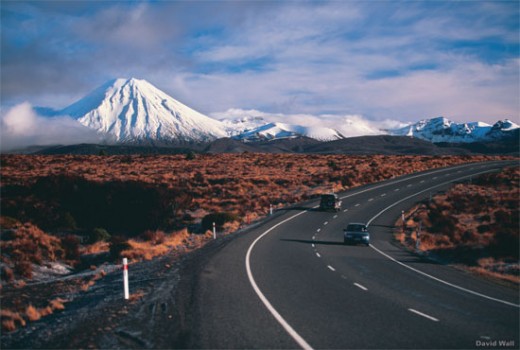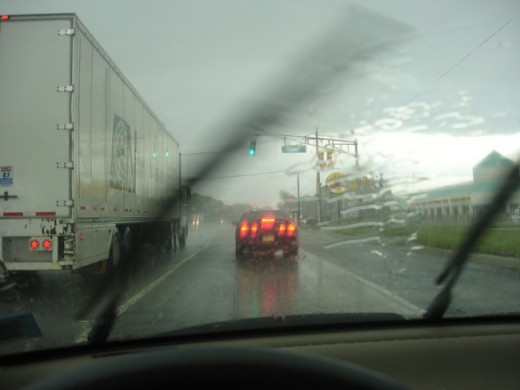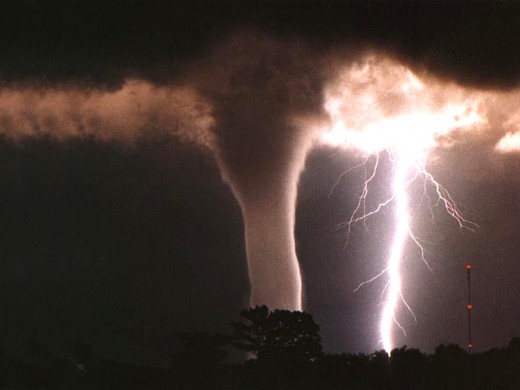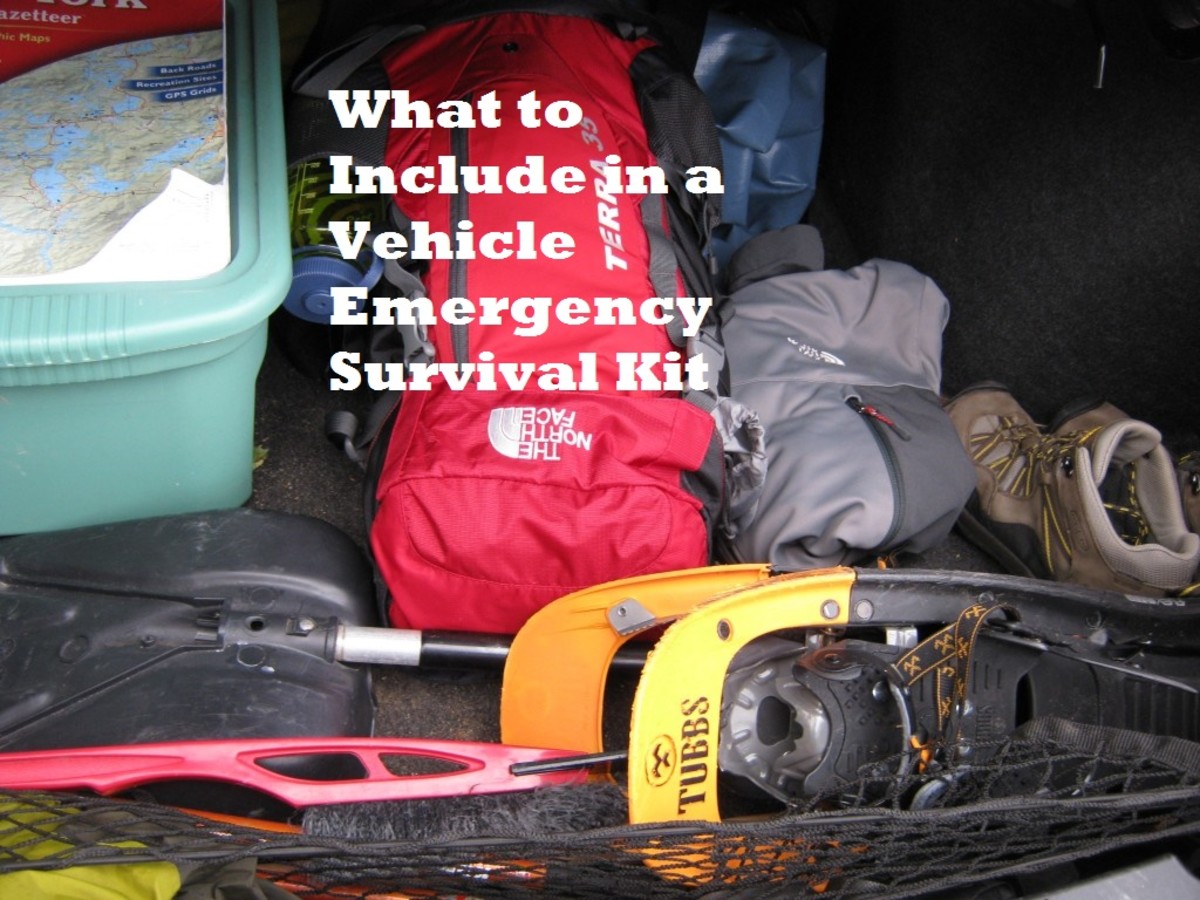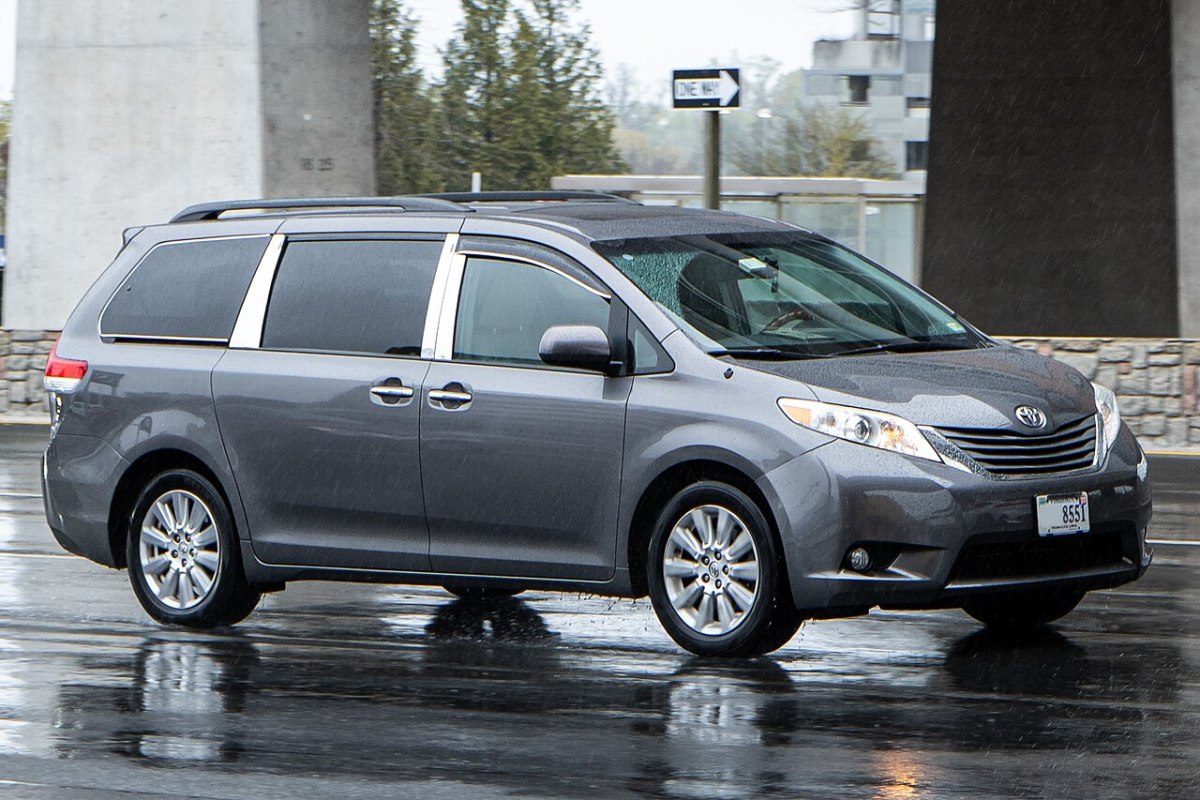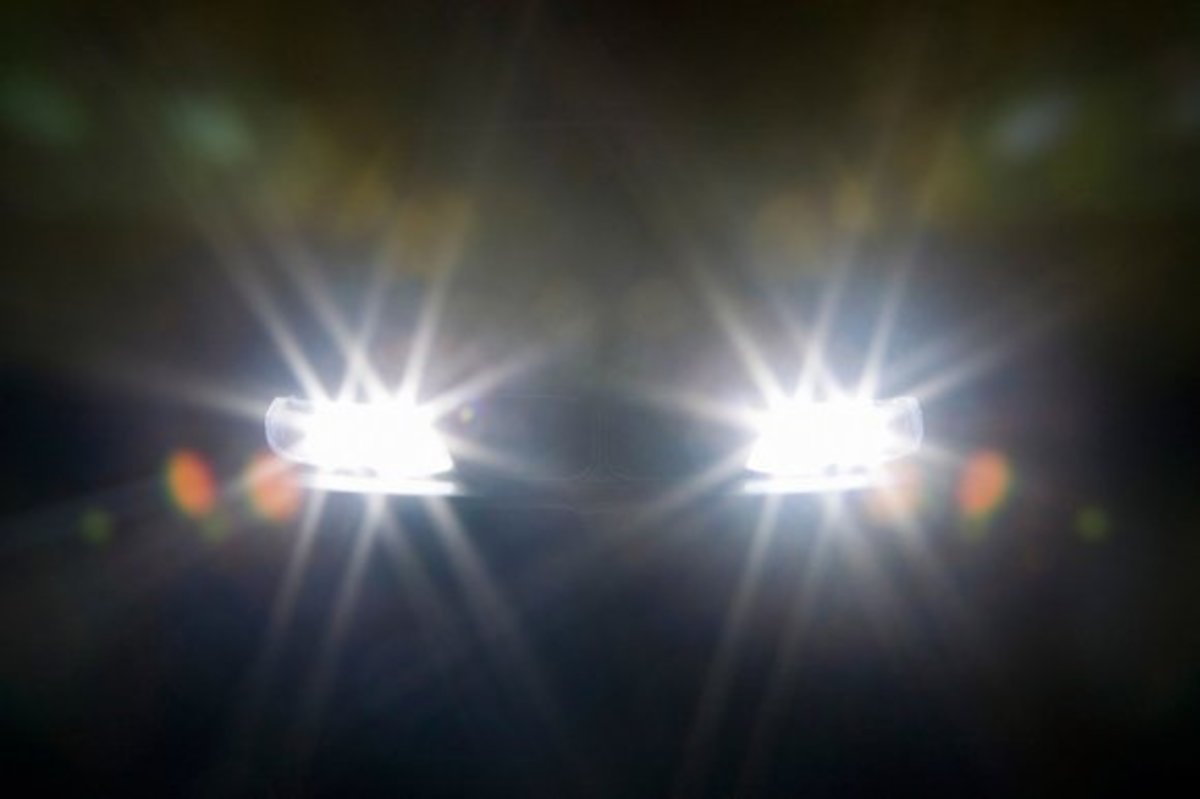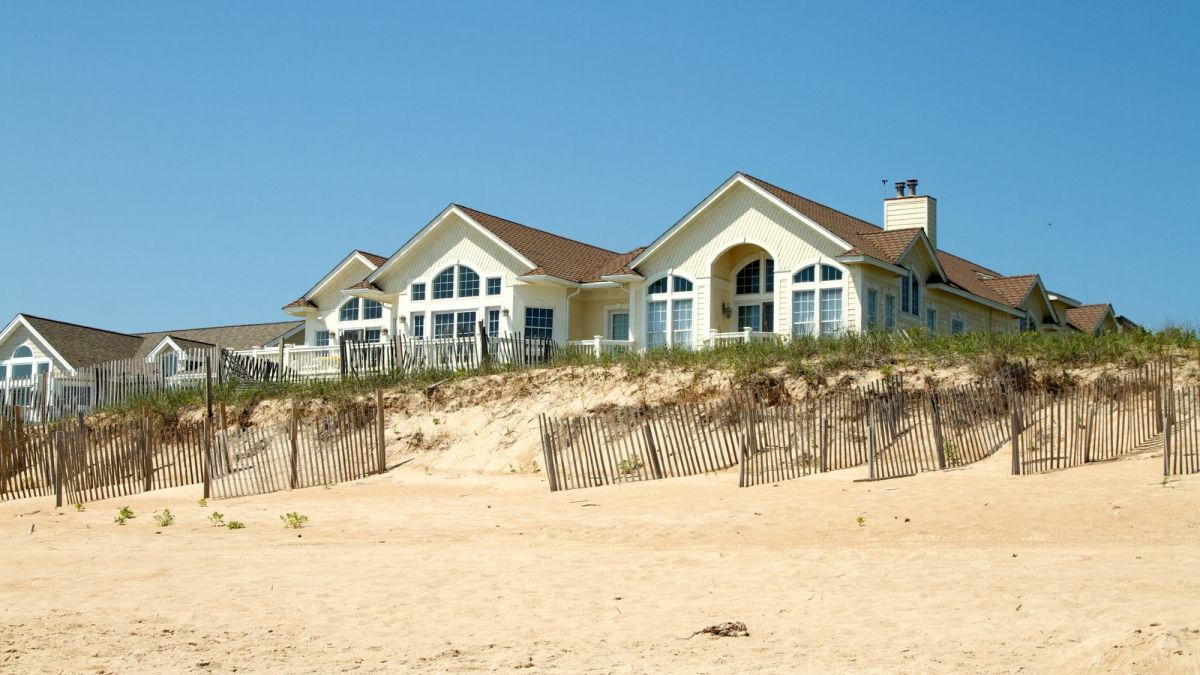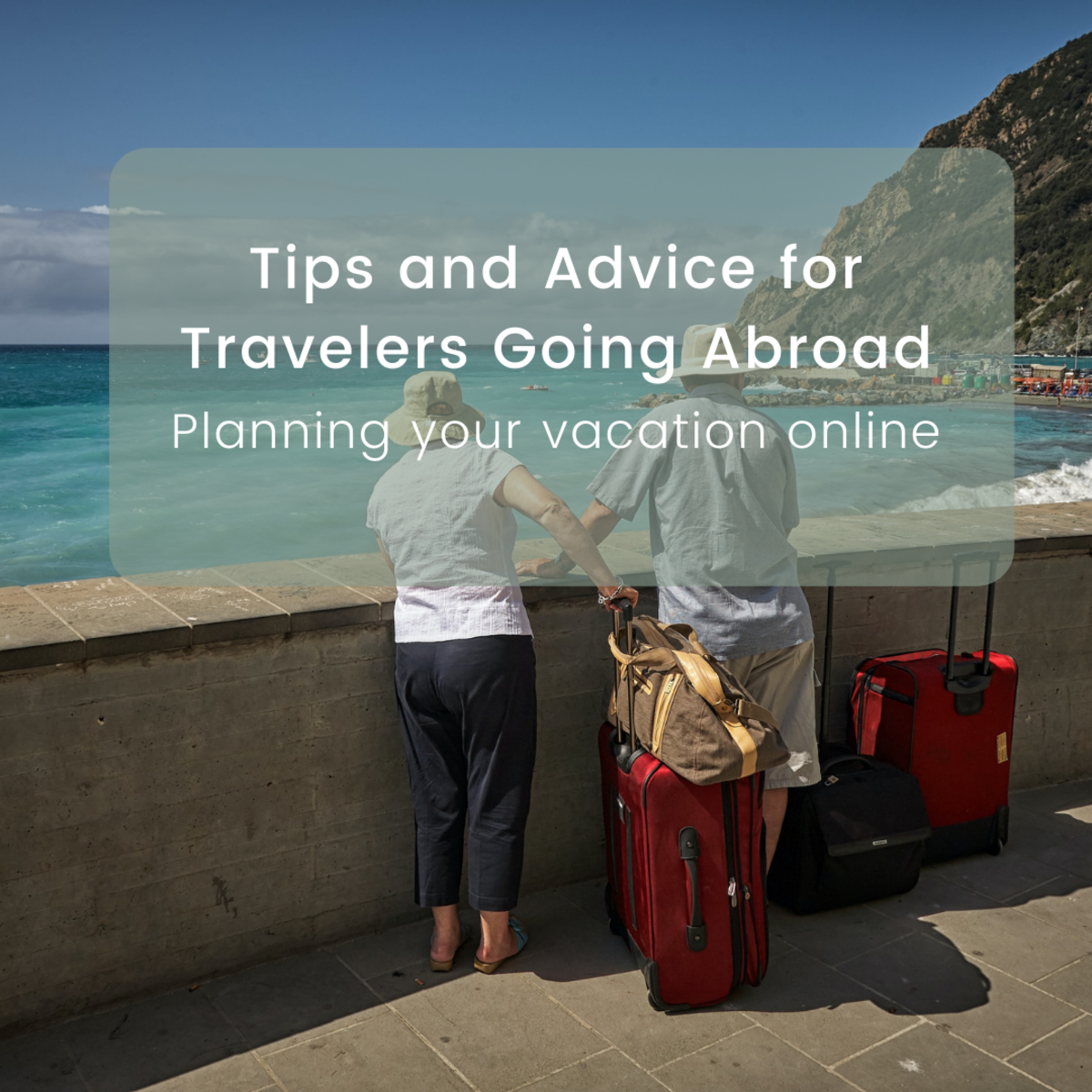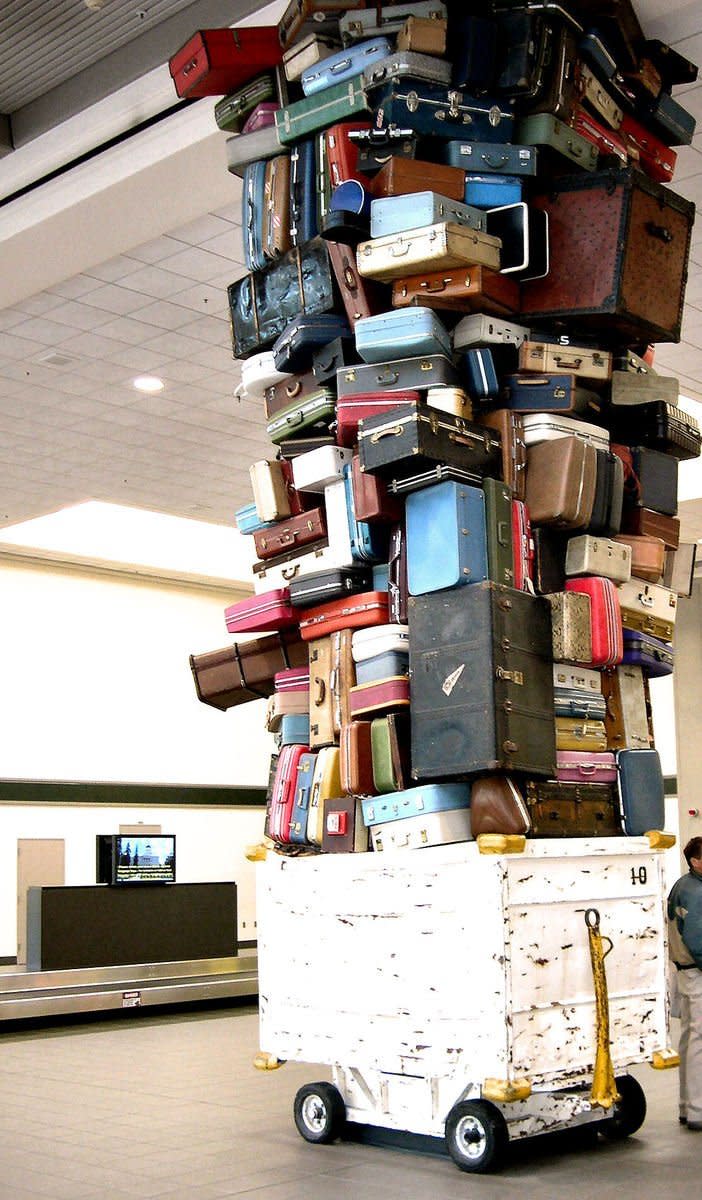So You Wanna Take a Roadtrip?
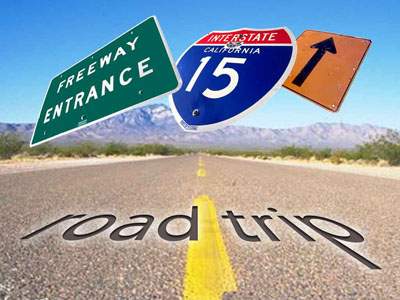
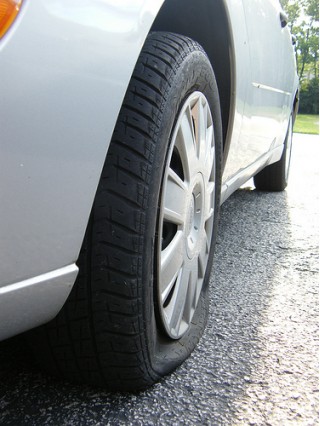
Preparation
I’ve traveled back and forth across the Continental United States a number of times. I was always alone and on my own schedule so I’ll have to admit, it’s different with kids and a family. Along the way, I’ve picked up a lot of experiences that some miss adventures and a lot of lessons learned.
Before you even start out, make sure your vehicle works; not just that it can turn on, and more than an oil change. Check that spare tire to make sure it’s inflated. Make sure your lights work, high, low as well as break and turn signals. Check your coolant, if you’re driving through a desert, it would be less than ideal to have your car conk out on you in the middle of nowhere with no shade for miles. The greenhouse effect inside the vehicles and scorpions outside the vehicle. Check your alignment; I didn’t and my tires went bald traveling to Florida and I started hydroplaning during a rainstorm. Failure to do a pre-trip inspection once cost me 3500 in maintenance and repairs at the halfway point and cost me a day of travel time.
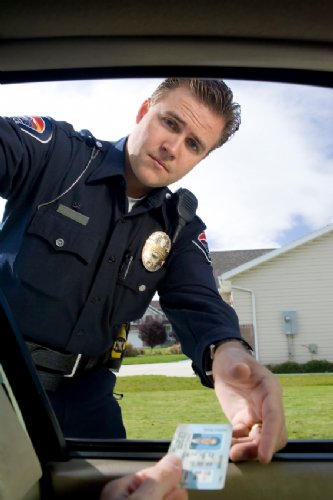
Speeding
The first thing, speeding is really up to you, just remember there’s a time and a place for everything. I always said the average speed of my trips was about 80 mph, that 60 mph when the cops are around and 100 mph when they’re not. But just a thought; for relatively short trips, you really have to fly to make any worthwhile gain but anything more than 20 mph over the posted speed limit is a felony and from what I hear, double the posted speed limit is attempted suicide.
Going 60 mph (literally a “mile a minute”), a 100 mile trip will take you 100 minutes or an hour and 40 minutes. If you go 80 mph for the same trip, you’re looking at an hour and 15 minutes so you’re looking at less than a 30 minute advantage and risking a felony charge. If you do get pulled over and manage to get let off with just a ticket, it’ll still take you about 15 minutes on the side of the road which means that you’ll have only saved 10 minutes which seems negligible. However for trips that are more like 300+ miles, you’ll save an hour and 15 minutes for every 300 miles you travel at a constant speed of 80 mph vs. 60 mph. Just think about the risk to gain and it’s not all or nothing; you can go 5 or 10 mph over if you really want to.
There are automated speedtraps though that are built into parked vehicles and even some built into guardrails. There are a number of internet sites that tell you where they are or report when they move. On the fly, watch out for everyone tapping their breaks for no apparent reason, especially when cresting a hill or coming around a bend. At night watch for the strobe-like flash of the camera getting everyone in front of you. and by all means, watch the locals (check license plates) they know the places to slow down/speed up.
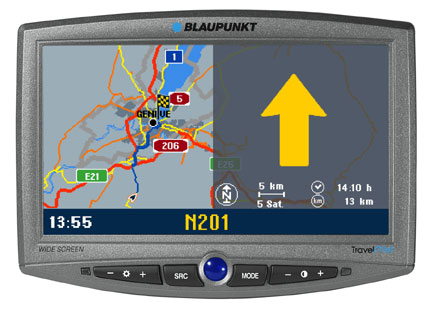
Navigation
There is the simple answer of using GPS or Mapquest, just try not to be that guy slowing down the fast lane or speeding in the slow lane with a map blocking his windshield as he tries to find out where he is at 60+ mph. Keep a hard copy of maps in your vehicle. Before you take off, check to see where your exchanges are on the map, that is to say, where you’ll be switching interstates and then remember the names of small town that will mean that you’re getting close so you’re not caught by surprise and trying to jump across three lanes of traffic to catch your exit. It’s also helpful to figure out around what time you should expect to hit that area based on speed and distance ratios so you can be alert when it comes up rather than driving an hour past your exit before you realize it. As confusing as metropolitan spaghetti intersections can be, there is actually a method to the madness and understanding this will save you a lot of trouble. Interstates with odd numbers travel north to south and with even numbers they travel east to west. Just remember that route 66 goes coast to coast and everything else falls into place. Three digit interstates are near large cities. If they first digit is odd, it’s a spur that will end somewhere in the city, probably the most congested part during rush hour. If the first number is even, it will cut through the city or go around it like a beltway.
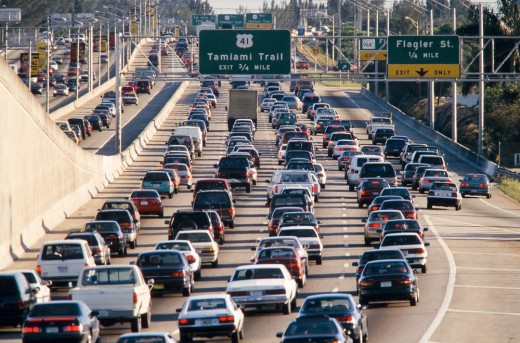
Timing is Everything
Some people like to start out at zero-dark-thirty for whatever reason. I’m more inclined to finish at whenever-hundred hours. It means that I sleep late and wake up when I feel like it and therefore well rested. Timing is a big factor in making a trip a smooth operation or a tedious task. For example, any lady will tell you it’s the little things that count. If I can help it, I travel west when waking up south till sunset and east in the evening and north on a new day. This keeps the sun out of my eyes and minimizes sunburn for those with sensitive skin.
Eating is another thing that you can time just right if you want to. I generally eat only when I’m hungry; it’s a pretty simple system and keeps me from getting fat when I won’t be working out for a few days at a time. This can be a bit of a big deal because when traveling alone with no one to talk to, a heavy meal could be your last meal if you fall asleep behind the wheel. Sunflower seeds are going choice and a lot of truckers snack on them nonstop to stay awake on long hauls. If you’re incorporating food into your travel plans, try to eat around rush hour. You’ll save time, gas and frustration. (Speaking of gas, it’s a good idea to know how long and how far a full tank of gas will take you.) You can plan your meals on a schedule where you plan to eat at 5 o’clock for example, or just keep driving until you hit traffic backed up which is always a good cue to get off the interstate. By the way, the less you eat, the less likely you are to wind up with something that doesn’t agree with you resulting in what my friend calls the Aztec two-step.
If you’re a night owl, traveling at night has the benefit of less traffic; just keep in mind if you see anything after midnight, chances are it’s a cop in which case my uncle would say you should keep up or out run them (use your judgment).
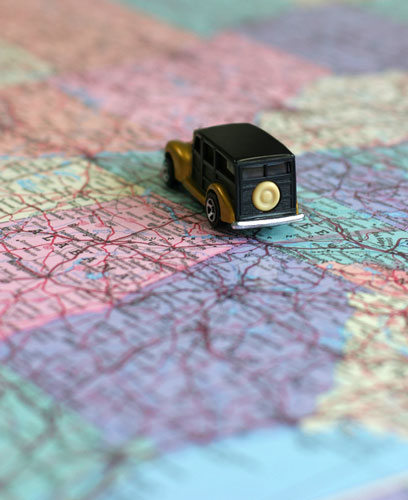
Shortcuts
Shortcuts are great, but only if you’ve used them before or the sun will be up when you come out of it. Here are some things to consider. If you’re going way off the beaten path to save some time, there’s probably a reason it’s not a beaten path which means that if you’re using a cell phone as your navigational device you probably won’t have reception to track yourself on an electronic map. Furthermore, if you do hit a deer or blow out a tire, your cell phone probably won’t have enough reception to call for help. I spent like 4 hours doing switch backs trying to get to 60 mph 100 yards at a time because I didn’t realize I was on the edge of a mountain with no guardrails in a national park for the first two hours. After a while I decided to get out of my car and look into the abyss since my high beams didn’t illuminate anything. When I walked to the edge of the road, not the shoulder, not the guardrail with my flashlight, I looked down the tops of some pine trees that were probably about a hundred feet tall. And I’d been trying to get up to 60 mph before the road would curve sharply in the opposite direction. Talk about nerve racking; thank goodness my breaks worked up to that point. I finally got to a mining town at like two in the morning which apparently was the only civilization for another 70 miles. I hadn’t been planning to take this route or else I would have done a terrain analysis and known what I was getting into before I even started down that route. I was only there because I’d missed my exit and decided that turning back would be a waste of time when I could just catch a parallel route further down the line. Classic case of “it looks good on paper.”
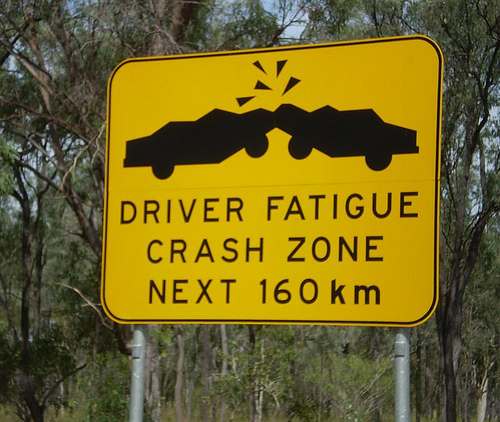
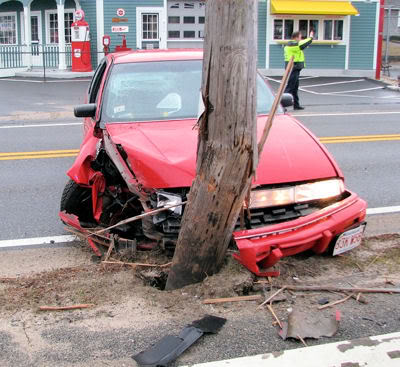
Driver Fatigue: Staying Awake
Depending on when you travel, you’re going to get sleepy at some point and highway hypnosis will kick in. I’ve come up with a variety of tricks to deal with fatigue, the simplest being to pull over at a gas station and take a 20-minute power nap. I’ve trained my body to wake up when I want it to, so it’s easier for me than some others. Drinking lots of water will eventually catch up with you and you’ll have to go tinky-winky which requires getting up and getting your blood circulating so it helps to take five every hour or two. If you’re on the long haul and going for efficiency and don’t want to stop often or for very long, while your driving you can exercise a little bit in the seat. Flexing your leg muscles or pumping your calves periodically will keep your blood moving. Also, you’re in an enclosed space that for the most part is environmentally sealed. If you’re using your recirculation to keep out pollen or strange smells, it’ll offer you a stable atmosphere, but a lack of stimulus from the outside world which contributes to the highway hypnosis. The occasional unpleasant odor or shift in humidity keeps your body and senses from becoming bored. Putting something cold on the back of your neck and down to the middle of your back gives me a quick sensory jolt. Usually I’ll just put my hand out the window and do the airplane/roller coaster thing then stick it down my shirt. Listening to different types of music and changing putting the radio on scan can be pleasantly entertaining at times since you never know what you’re going to come across. It’s also a good idea as you approach cities because you can get traffic reports.



Weather & Terrain
Speaking of terrain, the places you travel will require different styles of driving and different considerations. For example, cutting through the mountains in the Sonoran Desert will involve driving straight up with a few sharp curves for a while. There are parts where you’re supposed to drive with headlights on day or night and turn your AC off to prevent overheating your engine in the middle of nowhere. Driving through Texas on a windy day can push your vehicle across a lane of traffic if it’s light enough (a full tank of gas helps) but if your shocks have a lot of play, one over compensation can actually flip your vehicle especially SUVs. It rained mud in Barstow, CA when a dust storm and a summer shower ran into each other. And then another time I had to pull over because it was raining so hard I couldn’t even see a hundred feet in front of me. If you ever have to do this, the best place is under a bridge and as far from the shoulder as possible, and turn your hazard lights on.
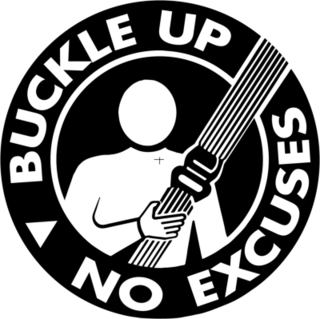
Safety
Wear your seatbelt, and watch out for the other guy who didn’t read this. Don’t be the statistic.

